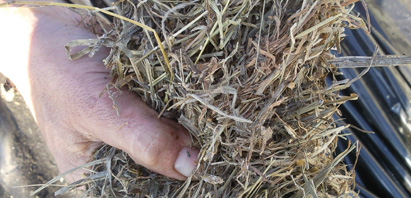The principle fuel used as a petrol substitute for road transport vehicles is bioethanol. Bioethanol fuel is mainly produced by the sugar fermentation process. Our experts are able to supply technology for ethanol production on a farm scale and larger.
Second generation bioethanol production

We are a supplier of 2nd generation ethanol production technology. These facilities differ in capacity and principle, depending on resources used. This diversity creates the possibility to offer you the right technology for your business case.
Our ethanol production concept
Our team has re-developed well know technologies, with the goal of reducing the costs, improving the performance and providing maximum raw material flexibility and the possibility to use the lignin produced as an energy source. Resulting in high quality product and low operation and equipment costs.
◦ No need for stainless steel.
◦ No equipment for detoxing required.
◦ Low energy consumption.
◦ Less process steps.
◦ Low water consumption.
◦ From the lignin waste or a biogas plant, reducing effluents.
Site Zuidvelde (Netherlands, combination with biogas production)
- [list class=”bullet-check”]
- ~ 20.000 t/a crops
- ~ 6.000 t/a bioethanol
- ~ 900 kW biogas-CHP
[/list]
Site Zörbig (Germany)
Capacity:
- [list class=”bullet-check”]
- ~250.000 – 300.000 t/a crops
- ~80.000 – 100.000 t/a bioethanol
- ~80.000 – 100.000 t/a animal feed
- ~80.000 t/a CO2
[/list]
Site Egchel(The Netherlands)
Capacity:
- ~25.000 – 50.000 t/a wood / straw / biomass
- ~5.000 – 10.000 t/a bioethanol
- biogas / energy production
- algae production
[/list]
Site Ospel(The Netherlands)
Capacity:
- [list class=”bullet-check”]
- ~25.000 – 50.000 t/a wood / straw / biomass
- ~5.000 – 10.000 t/a bioethanol
- biogas / energy production
- algae production
[/list]